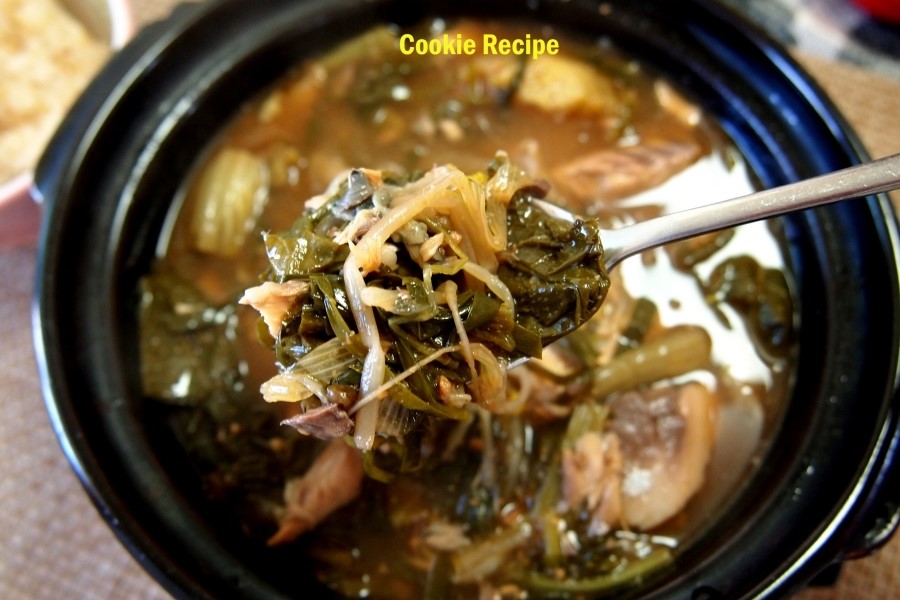
loach soup made of mackerel
Why do I feel like I'm going to smell fishy when I cook soup with mackerel. However, if you cook chueotang with fresh fish, you can make a really delicious fish soup with a very savory and rich taste, not to mention the fishy smell.
3 serving
Within 30 minutes

쉐프cookie
- Ingredients
-
-
Mackerel3ea
-
Host
-
dried radish greens
-
leek
-
Soybean paste
-
crushed garlic
-
Cheongyang red pepper
-
Red pepper powder
-
peppery powder
-
- Cooking Steps
-
STEP 1/10First, wash the ingredients well and prepare them. Cut the dried radish greens into appropriate sizes Chop the chives and the millenia in moderation.
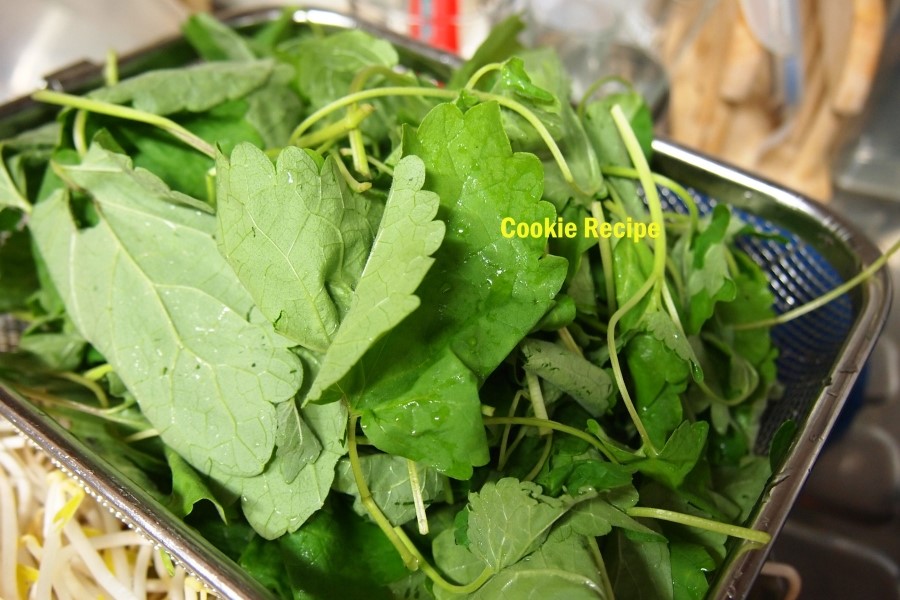 STEP 2/10Put the cleaned mackerel in boiling water and boil it well Mackerel should be used as fresh mackerel bought on the day for about 10 minutes to cook deliciously without any fishy smell.
STEP 2/10Put the cleaned mackerel in boiling water and boil it well Mackerel should be used as fresh mackerel bought on the day for about 10 minutes to cook deliciously without any fishy smell.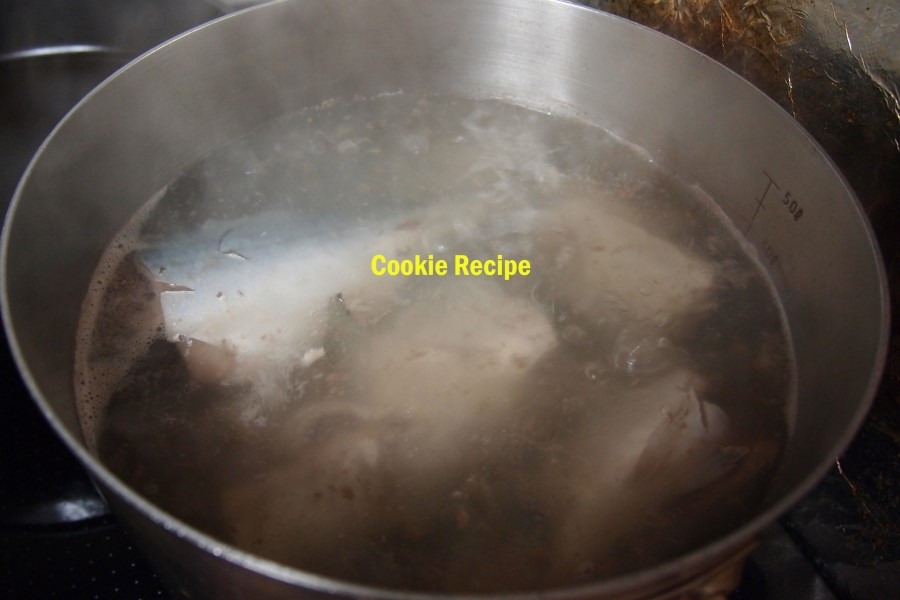 STEP 3/10You can parboil the bean sprouts and prepare them.
STEP 3/10You can parboil the bean sprouts and prepare them. STEP 4/10When the mackerel is fully cooked, put it on a sieve and remove the flesh by hand. Be careful not to let your baby bones go in.
STEP 4/10When the mackerel is fully cooked, put it on a sieve and remove the flesh by hand. Be careful not to let your baby bones go in.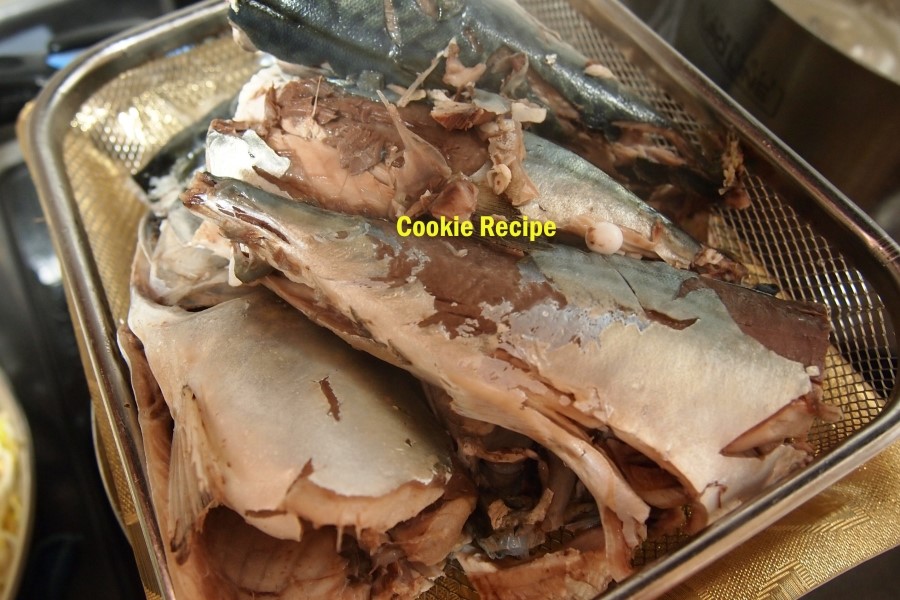 STEP 5/10When I saw the recipe for mackerel chueotang, everyone was boiling mackerel flesh by grinding it in a blender or mashing it finely. My mom's style is to boil the lumps. I stick to this method because the savory lump of mackerel is very chewy and the soup is not murky and clean.
STEP 5/10When I saw the recipe for mackerel chueotang, everyone was boiling mackerel flesh by grinding it in a blender or mashing it finely. My mom's style is to boil the lumps. I stick to this method because the savory lump of mackerel is very chewy and the soup is not murky and clean.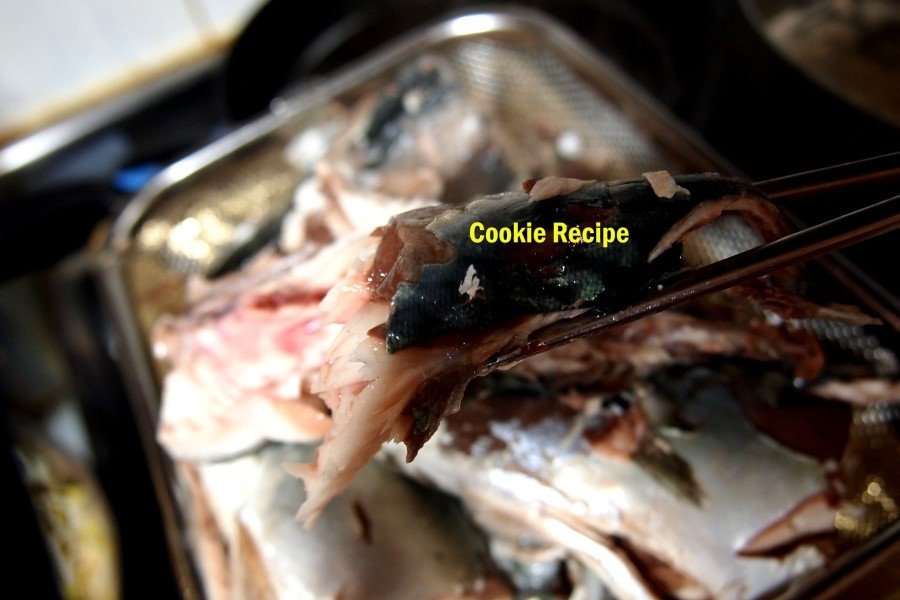 STEP 6/10Put the cut mackerel flesh into the orphaned mackerel broth first.
STEP 6/10Put the cut mackerel flesh into the orphaned mackerel broth first.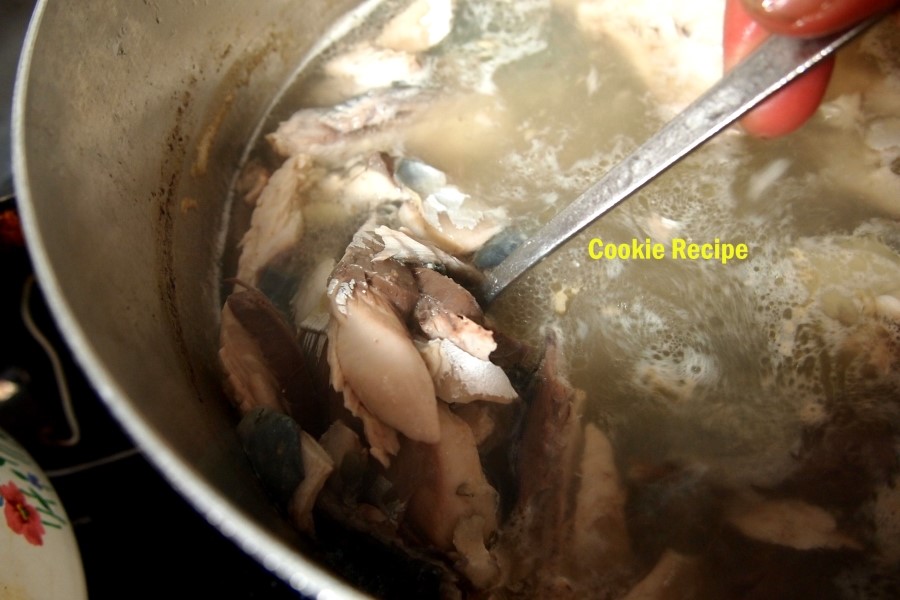 STEP 7/10Then, do not throw away the bones that have been removed, pour more water into another pot, and remove the bones for about 20 minutes like bone soup. Then the white broth comes out thickly. Combine the bone broth in a pot with mackerel flesh and boil it.
STEP 7/10Then, do not throw away the bones that have been removed, pour more water into another pot, and remove the bones for about 20 minutes like bone soup. Then the white broth comes out thickly. Combine the bone broth in a pot with mackerel flesh and boil it.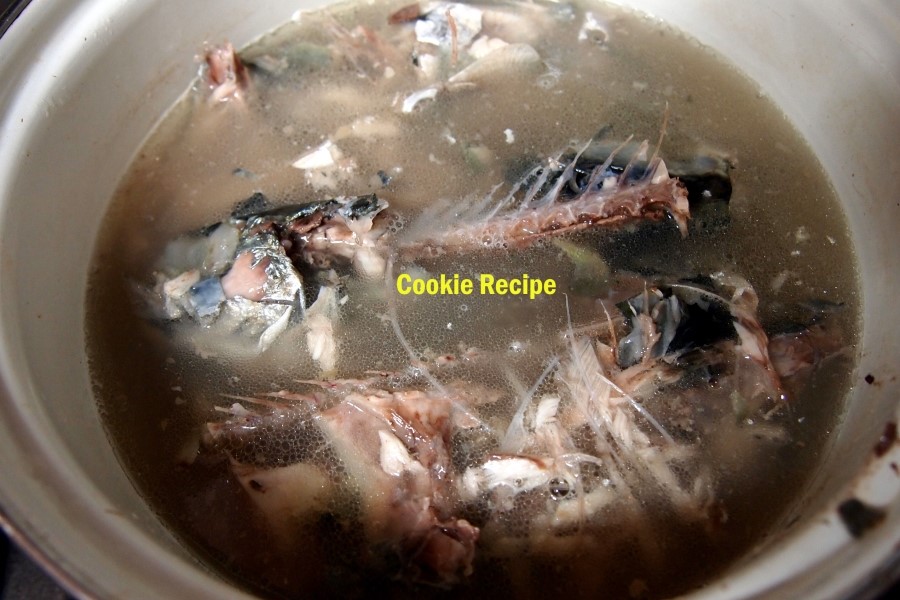 STEP 8/10Add blanched bean sprouts, dried radish greens, soybean paste or stewed makjang and bring to a boil.
STEP 8/10Add blanched bean sprouts, dried radish greens, soybean paste or stewed makjang and bring to a boil.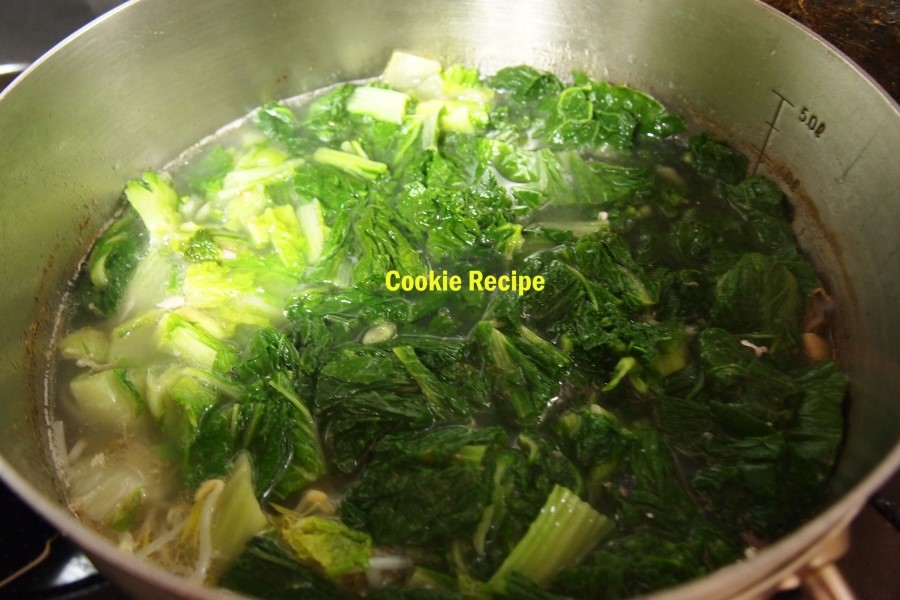 STEP 9/10Add blanched bean sprouts, dried radish greens, soybean paste or stewed makjang and bring to a boil.
STEP 9/10Add blanched bean sprouts, dried radish greens, soybean paste or stewed makjang and bring to a boil. STEP 10/10Add the makjang and boil it enough, then add the mill and chives as a finish and boil it for a little by little by little. I will put the garlic before I eat it later, so it doesn't smell fishy if I don't put it in advance. Instead of loach that is hard to take care of, try boiling a savory and rich mackerel chueotang with cheap mackerel that is easy to get. Personally, it was much thicker and tastier than loach.
STEP 10/10Add the makjang and boil it enough, then add the mill and chives as a finish and boil it for a little by little by little. I will put the garlic before I eat it later, so it doesn't smell fishy if I don't put it in advance. Instead of loach that is hard to take care of, try boiling a savory and rich mackerel chueotang with cheap mackerel that is easy to get. Personally, it was much thicker and tastier than loach.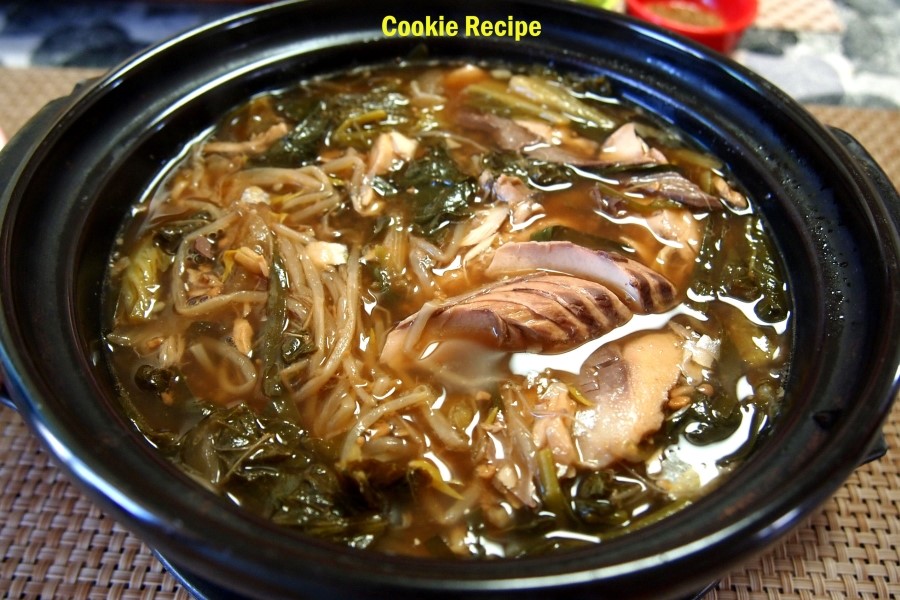
- Cooking review
-
4.50score
-
 230*****scoreI made it at my in-laws' house Unlike the recipe, I added bracken, mixed dried radish greens with soybean paste, marinated overnight, and cooked it It's hard to make mackerel. I made it with canned mackerel and it was delicious2017-04-25 19:16
230*****scoreI made it at my in-laws' house Unlike the recipe, I added bracken, mixed dried radish greens with soybean paste, marinated overnight, and cooked it It's hard to make mackerel. I made it with canned mackerel and it was delicious2017-04-25 19:16 -
 931*****scoreMy hometown is Busan, so I thought of the mackerel chueotang that I ate when I was young They say it's good for your family I liked it because I added memories to the taste2016-07-17 11:56
931*****scoreMy hometown is Busan, so I thought of the mackerel chueotang that I ate when I was young They say it's good for your family I liked it because I added memories to the taste2016-07-17 11:56
-
- chicken Recommended recipe
-
-
1
 How to make fried chicken at home5.00(8)
How to make fried chicken at home5.00(8) -
2
 [Simple] Make delicious side dishes with leftover chicken5.00(11)
[Simple] Make delicious side dishes with leftover chicken5.00(11) -
3
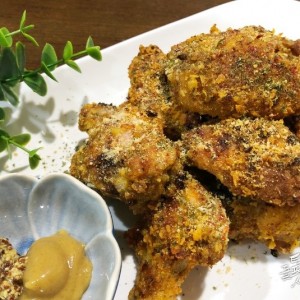 Making Chili Crunch Chicken, It's healthier because it's not fri4.90(31)
Making Chili Crunch Chicken, It's healthier because it's not fri4.90(31) -
4
 Making Grilled Seasoned Chicken Without Oven4.92(13)
Making Grilled Seasoned Chicken Without Oven4.92(13)
-
- Bibimbap Recommended recipe
-
-
1
 Making bibimbap4.94(172)
Making bibimbap4.94(172) -
2
 My mouth is full of sea scent. "Bibimbap with sea squirt."4.95(22)
My mouth is full of sea scent. "Bibimbap with sea squirt."4.95(22) -
3
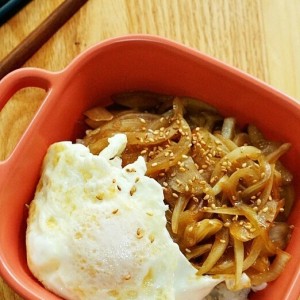 Stir-fried onion bibimbap4.96(54)
Stir-fried onion bibimbap4.96(54) -
4
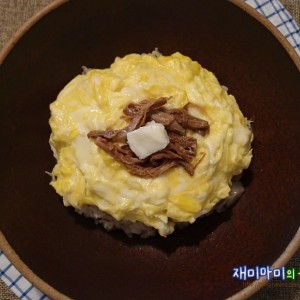 Jangjorim Butter Bibimbap: The rice we ate at School Food5.00(28)
Jangjorim Butter Bibimbap: The rice we ate at School Food5.00(28)
-